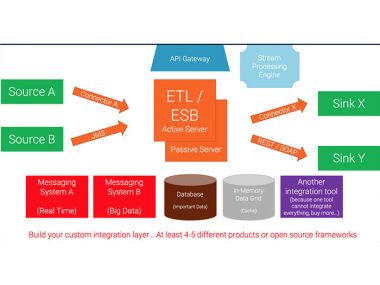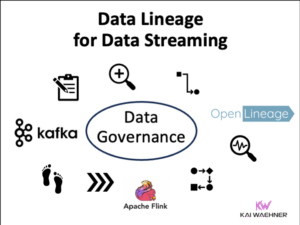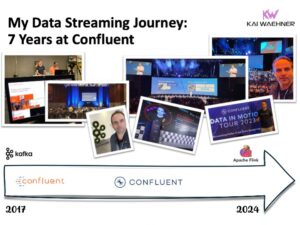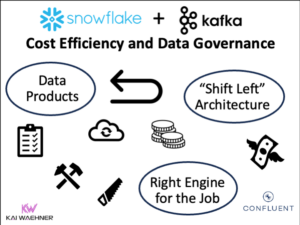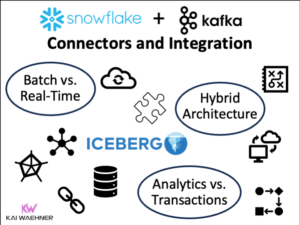Today, I had a talk about “Enterprise Integration Patterns (EIP) Revisited in 2014” at Java Forum Stuttgart 2014, a great conference for developers and architects with 1600 attendees.
Enterprise Integration Patterns
Data exchanges between companies increase a lot. Hence, the number of applications which must be integrated increases, too. The emergence of service-oriented architectures and cloud computing boost this even more. The realization of these integration scenarios is a complex and time-consuming task because different applications and services do not use the same concepts, interfaces, data formats and technologies.
Originated and published over ten years ago by Gregor Hohpe and Bobby Woolf, Enteprise Integration Patterns (EIP) became the world wide de facto standard for describing integration problems. They offer a standardized way to split huge, complex integration scenarios into smaller recurring problems. These patterns appear in almost every integration project. Most developers already have used some of these patterns such as the filter, splitter or content-based-router – some of them without being aware of using EIPs. Today, EIPs are still used to reduce efforts and complexity a lot. This session revisits EIPs and gives an overview about the status quo.
Open Source, Apache Camel, Talend ESB, JBoss, WSO2, TIBCO BusinessWorks, StreamBase, IBM WebSphere, Oracle, …
Fortunately, EIPs offer more possibilities than just be used for modelling integration problems in a standardized way. Several frameworks and tools already implement these patterns. The developer does not have to implement EIPs on his own. Therefore, the end of the session shows different frameworks and tools available, which can be used for modelling and implementing complex integration scenarios by using the EIPs.
Slides
Click on the button to load the content from www.slideshare.net.

